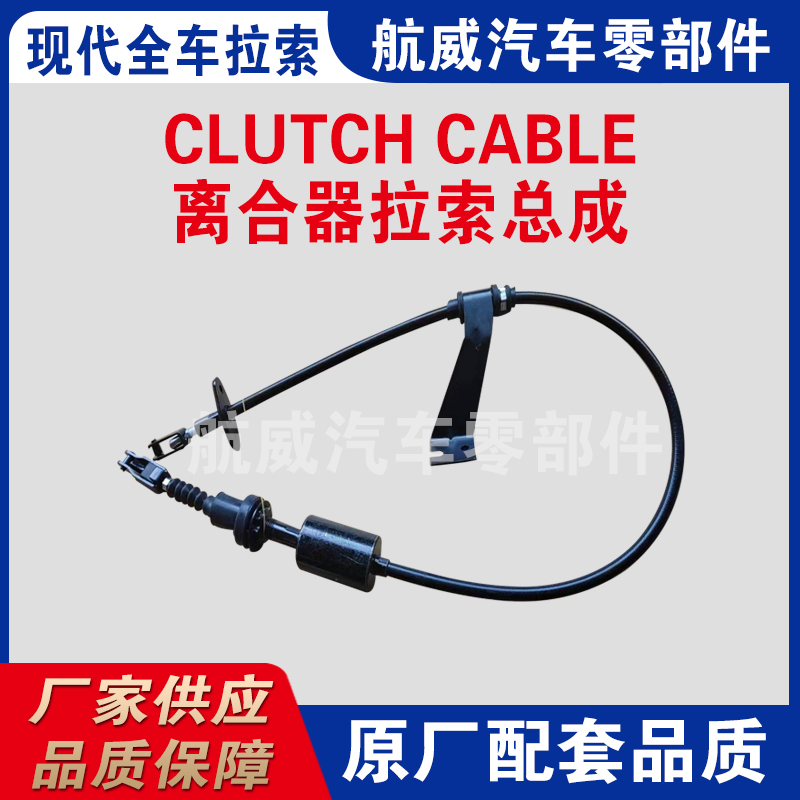throttle and clutch
Throttle and Clutch The Heartbeat of Manual Transmission
In the world of automotive engineering, the relationship between throttle and clutch operates as a critical foundation for the function of a manual transmission. For those who have ever driven a stick shift, mastering the coordination between these two components is key to achieving a smooth driving experience. Understanding how throttle and clutch work in tandem can enhance a driver’s proficiency, leading to improved performance and vehicle longevity.
At its core, the throttle controls the engine's power output. When a driver presses the accelerator pedal, they regulate the amount of air and fuel entering the engine, thereby increasing its speed and power. This control not only determines how fast the vehicle can go but also influences the responsiveness of the engine during various driving conditions. A well-tuned throttle response can mean the difference between a powerful acceleration or a sluggish take-off.
On the other hand, the clutch serves a different yet equally vital role. It is responsible for disconnecting the engine's power from the wheels, allowing the driver to shift gears. When a driver presses the clutch pedal, the connection between the engine and transmission momentarily breaks, enabling the movement of the gear lever into the desired position. This mechanism is essential for preventing damage to the engine and transmission system, as it allows for smooth changes in speed and power delivery.
However, the true art of driving a manual transmission lies in the harmonious relationship between throttle and clutch. Many novice drivers struggle with this coordination, resulting in stalling, jerky starts, or excessive engine revving. To successfully engage the clutch while simultaneously applying the appropriate amount of throttle, one must develop a deep understanding of how both components interact.
throttle and clutch

When starting from a stop, the driver must find the bite point of the clutch. This refers to the moment when the clutch begins to engage and the vehicle starts to move forward. At this point, it's crucial to apply a little throttle—typically between 1,500 to 2,000 RPMs—while gradually releasing the clutch. If done correctly, the car will move seamlessly without stalling. Conversely, if the throttle is not applied sufficiently, the engine may lose power, leading to an abrupt stall.
Once the car is in motion, the driver must maintain a delicate balance of throttle and clutch throughout the gear-shifting process. This interplay becomes particularly important when navigating terrain that requires frequent gear changes, such as in hilly areas or during aggressive driving maneuvers. During these shifts, anticipation and timing are essential. The driver must ensure that the engine speed correlates with the selected gear to prevent over-revving or lugging the engine.
Smooth downshifting also requires a keen sense of timing between the throttle and clutch. In this case, a technique known as rev matching is often employed. As the driver presses the clutch to shift down, they also apply throttle to increase the engine speed to match that of the transmission's lower gear. This not only allows for a smoother transition but also reduces wear on the clutch and transmission components.
For enthusiasts, grasping the intricacies of throttle and clutch operation can lead to a heightened driving experience—a dance of precision that enhances both performance and enjoyment. Drivers who skillfully meld these two elements can navigate any driving scenario with confidence, translating raw engine power into fluid motion.
In conclusion, the throttle and clutch work hand in hand, serving as the essential components that empower drivers to command their vehicles with finesse. Mastery over these elements transforms ordinary driving into an extraordinary experience. With practice and understanding, any driver can learn to harness the power of throttle and clutch, becoming one with their machine. The relationship between these two components is not merely mechanical; it represents the essence of driving—a dialogue between human and machine that, when executed well, results in the ultimate driving experience.
-
Upgrade Your Vehicle with High-Quality Handbrake CablesNewsNov.01,2024
-
Optimize Your Bike's Performance with Quality CablesNewsNov.01,2024
-
Enhance Your Vehicle's Performance with Quality Clutch ComponentsNewsNov.01,2024
-
Elevate Your Vehicle's Performance with Quality Throttle CablesNewsNov.01,2024
-
Elevate Your Vehicle's Performance with Quality CablesNewsNov.01,2024
-
Affordable Solutions for Your Cable NeedsNewsNov.01,2024
